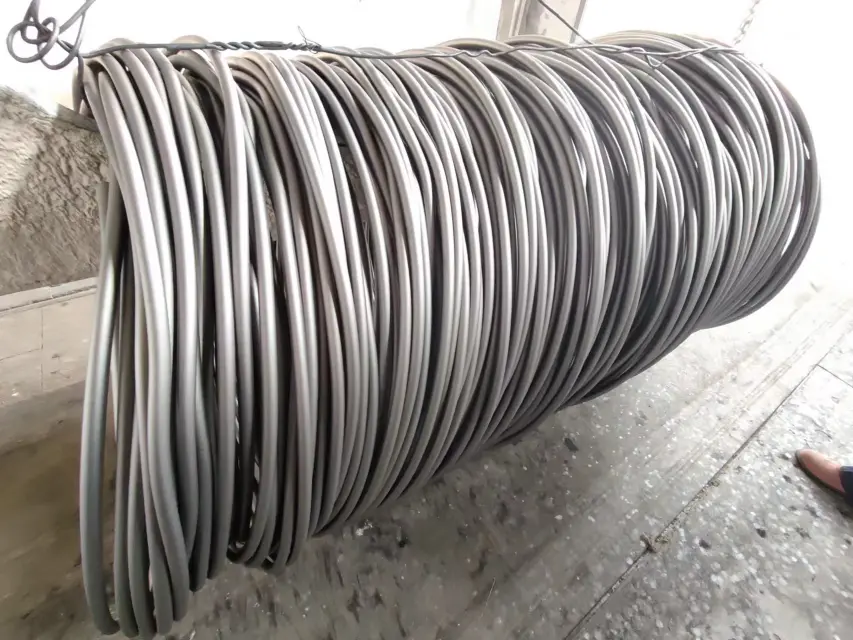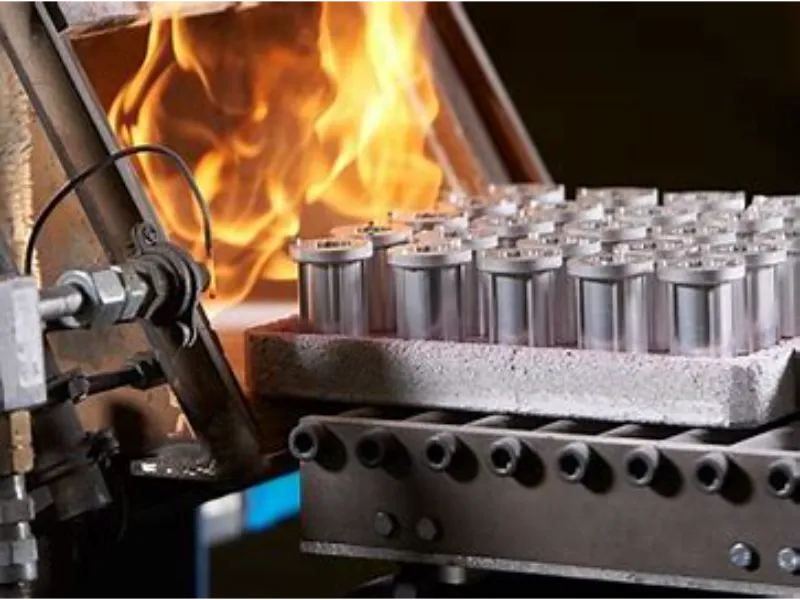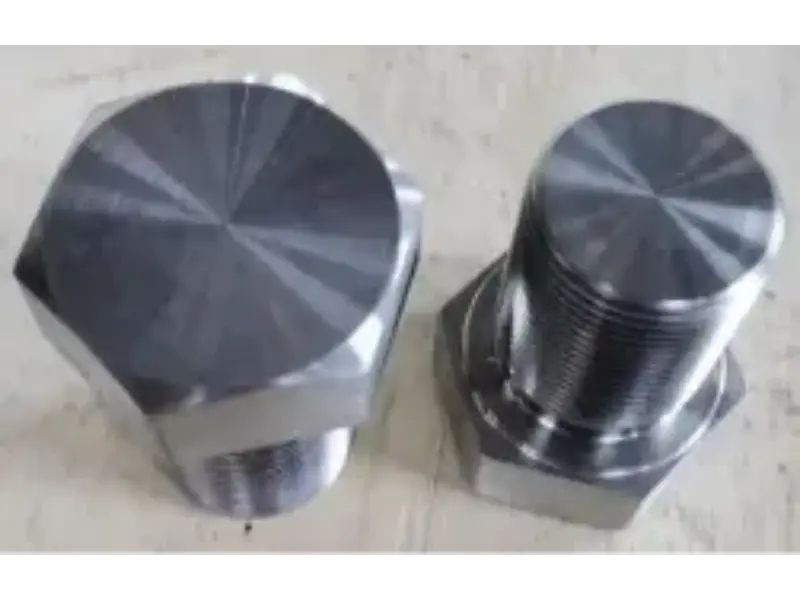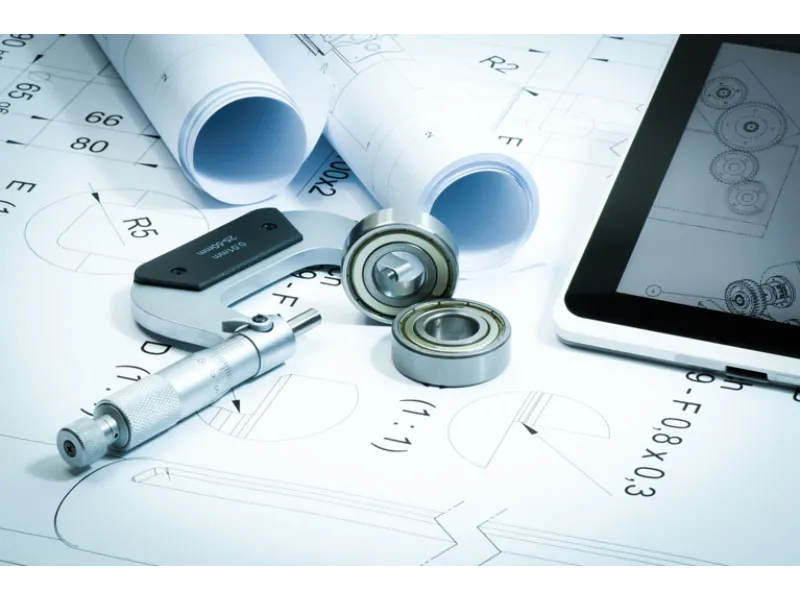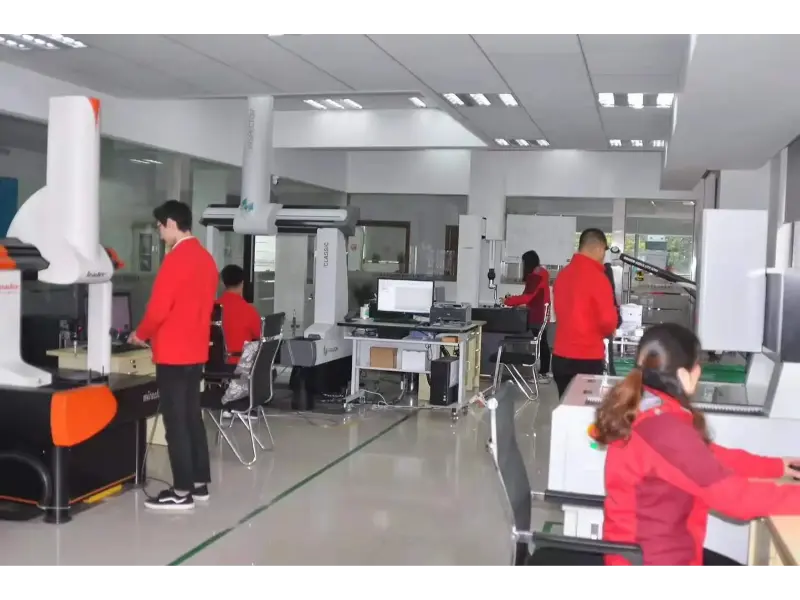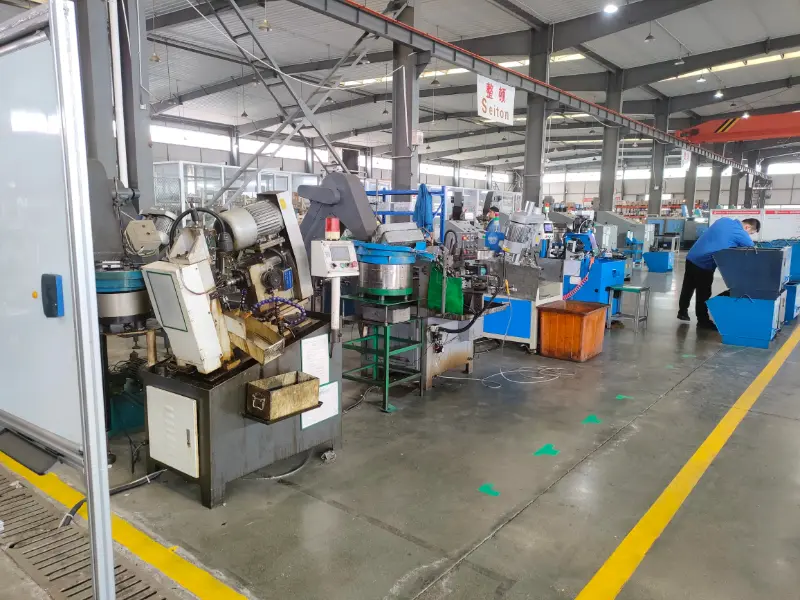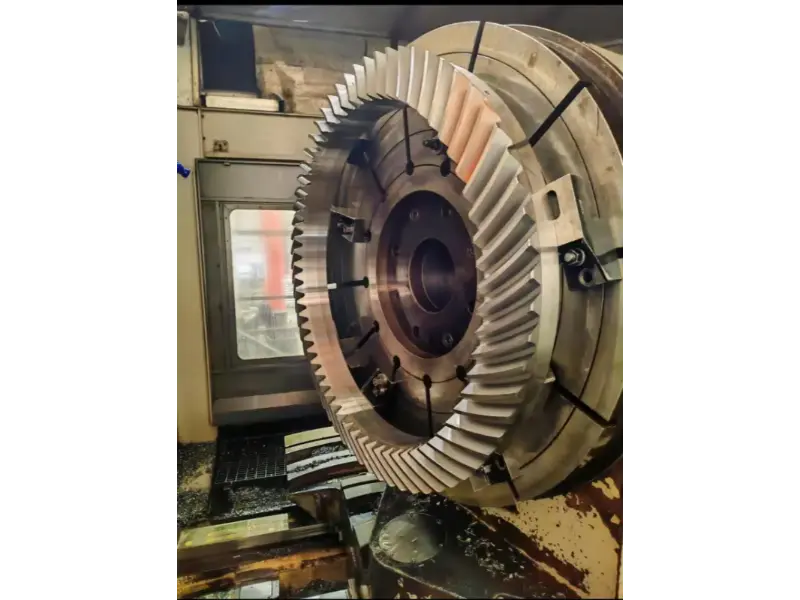Chemical composition of corrosion resistant stainless steels by material number Stainless steel fasteners play a crucial role in various industries, providing durability, corrosion resistance, and strength in demanding applications. Stainless steel alloys are primarily composed of iron, chromium, nickel, and other elements. The presence of chromium is particularly vital as it forms a passive oxide layer on the surface, rendering the fasteners resistant to corrosion in harsh environments. Additionally, the proportions of elements such as carbon, manganese, and molybdenum influence the mechanical properties of the fasteners, including tensile strength, hardness, and ductility. Mechanical properties are paramount considerations in the selection of stainless steel fasteners for specific applications. Such as yield […]
カテゴリーアーカイブ: Study cases and knowledge
Discover industriy trends, case studies, how-to guides, manufacturing processes and FAQs on Welleshaft’s Knowledge Hub—expert insights for engineers and sourcing professionals.
Welleshaft’s Study Cases and Knowledge page addresses key sourcing challenges, quality control hurdles, and real manufacturing pain points—helping buyers make smarter, faster decisions.
Materials Standards for PM Structural Parts Released Powder metallurgy (PM) is a critical manufacturing method, revolutionizing how structural parts are made in many industries. Using PM techniques makes parts cheaper, better, and faster. Following strict material guidelines ensures high quality and reliability. The recent release of MPIF Standard 35 is a big deal. It provides detailed rules for making PM parts, helping manufacturers achieve the best results. The MPIF (Metal Powder Industries Federation) standards cover a wide range of material types used in powder metallurgy for structural parts. Here are some common material types along with their applications and functions: PM Copper-Based Materials Function: These materials facilitate efficient heat dissipation […]
Introduction When it comes to construction, manufacturing, or any project requiring durable connections, fasteners play a crucial role. From holding together bridges to securing pipelines, the choice of fastener grade can significantly impact the integrity and longevity of the structure. Among the myriad of fastener options available, exotic alloy and high-performance alloy fasteners stand out for their exceptional properties and suitability for demanding applications. Exotic Alloy Fasteners Exotic alloys are materials that exhibit unique properties compared to traditional metals like steel or aluminum. These alloys are often characterized by their outstanding strength, corrosion resistance, and high-temperature stability. Titanium: Titanium fasteners (such as Grade 5) offer a high strength-to-weight ratio, excellent […]
Welle’s Approach: Transparency and Accountability at Every Stage At Welle, we believe in a transparent and accountable approach to project management. From the initial project planning phase to project closure, we provide stakeholders with clear insights into project progress, milestones achieved, and any challenges encountered. Our robust project management framework incorporates regular status updates, progress reports, and open channels of communication to ensure that all stakeholders are aligned and informed throughout the project lifecycle. Welle’s Methodology: From Concept to Execution Welle follows a structured project management methodology that encompasses the entire project lifecycle, from concept to execution. Our methodology includes the following key steps: Project Initiation: Define project objectives, scope, […]
In the fast-paced realm of global commerce, efficient logistic management stands as the linchpin for success. Companies must navigate intricate supply chains while balancing the demands of customers worldwide. In this landscape, Welle emerges as a beacon of innovation and reliability, offering comprehensive logistic solutions tailored to modern business needs. Let’s delve into how Welle revolutionizes logistic management, setting new standards for efficiency, cost-effectiveness, and customer satisfaction. Ensuring Smooth Operations: Customer Service & Support At Welle, customer satisfaction is paramount. The company goes above and beyond to provide exceptional customer service and support throughout the logistics journey. From dedicated account managers to responsive customer service teams, Welle ensures that clients […]
The Critical Role of Engineering and Quality Control In the world of manufacturing, precision engineering and stringent quality control are paramount. Whether it’s ensuring the durability of an automotive component or the reliability of a medical device, engineering excellence and quality inspection play pivotal roles in delivering products that meet the highest standards. Engineering excellence and quality inspection are the twin pillars upon which the foundation of modern manufacturing stands. In today’s globalized marketplace, where competition is fierce and consumer expectations are soaring, companies can ill-afford to compromise on the quality of their products. At the heart of every successful manufacturing operation lies a robust engineering framework coupled with meticulous […]
SOURCING, STREAMLINED Welle delivers seamless and strategic locatization sourcing through comprehensive end-to-end supply chain solutions. Our experts in logistics and project management bring a local touch to your manufacturing, enabling a just-in-time, always-on supply strategy that was traditionally reserved for large enterprises. Whether contemplating full or partial supply chain outsourcing, Welle’s suite of manufacturing services guarantees maximum operational efficiency. Our sourcing process is streamlined, providing a transformative and modernizing impact on your business. Welle’s robust Localization supply chain ensures resilience by swiftly identifying and adapting to potential bottlenecks or disruptions. Utilizing tools like Pool4Tool for digital inventory tracking, we assure your operations run with optimal efficiency, offering the advantages of […]
I.Guide to Sintered Gears: Gear Manufacturing Powder Metal Gears, often referred to as Sintered Gears, represent a groundbreaking advancement in the field of gear manufacturing. Utilizing the principles of Powder Metallurgy (P/M), these gears are created through processes like sintering and powder forging. In this comprehensive guide, we delve into the intricacies of powdered metal gears, exploring their types, manufacturing processes, applications across diverse industries, and much more. II. Types of Powder Metal Gears The foundation of powder metal gears (Sintered Gears) technology lies in various gear types, each designed to cater to specific applications. Spur gears serve as the fundamental building blocks, providing a robust base. Helical gears bring […]
Elevating Aerospace and Defense: Precision Engineering Unveiled Introduction CNC Machining in Aerospace Casting Techniques in Defense Fasteners in Aerospace Engineering Forging Strength in Defense Applications Sintering and Metal Injection Molding Surface Finishing for Aerospace Components Materials Innovation in Aerospace Engineering Common Processes and Types in Aerospace Manufacturing Components Vital to Aerospace and Defense Applications Across Aerospace and Defense Challenges and Innovations in Aerospace Manufacturing Why Choose Welle for Aerospace and Defense Components Manufacturing? Air Industries’ products are essential to aircraft performance and safety on takeoff, during flight and when landing. With our skilled personnel, access to local processing sources, and robust production equipment, Welle provides innovative, high-quality manufacturing solutions to […]
Gear Cutting VS Gear Hobbing: A Comprehensive Overview 1.What Is Gear Cutting? Gear cutting is the meticulous process of shaping gear teeth on a gear blank to create precise mechanisms that transmit motion and power within machinery. Its significance in manufacturing lies in its ability to produce gears with exacting precision, ensuring smooth operation and optimal performance of various mechanical systems. In the evolution of Chinese manufacturing, gear cutting has undergone a remarkable transformation. From traditional methods passed down through generations to the adoption of advanced technologies such as CNC gear cutting, China has embraced innovation to elevate its manufacturing capabilities. This evolution has positioned China as a global leader […]

